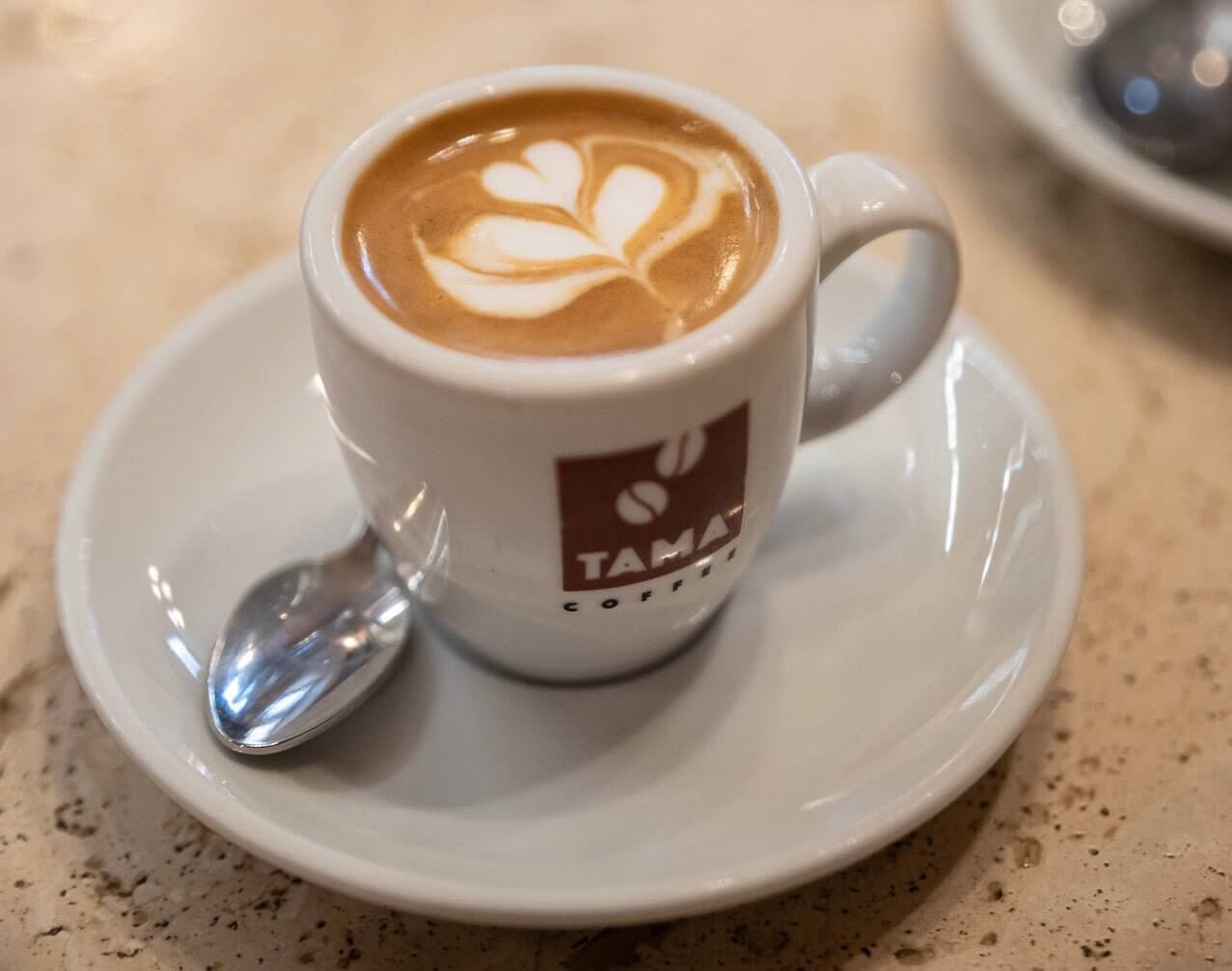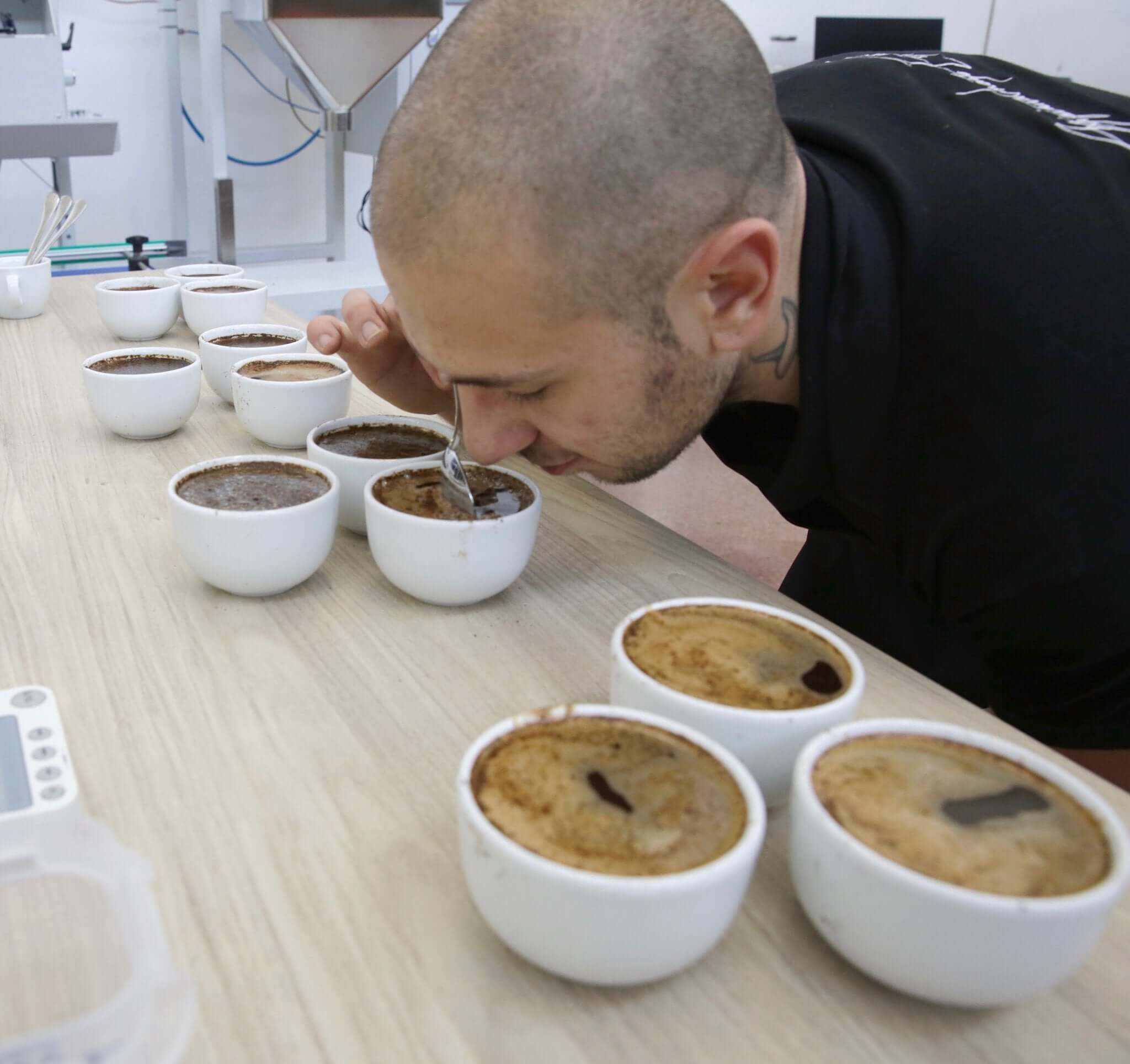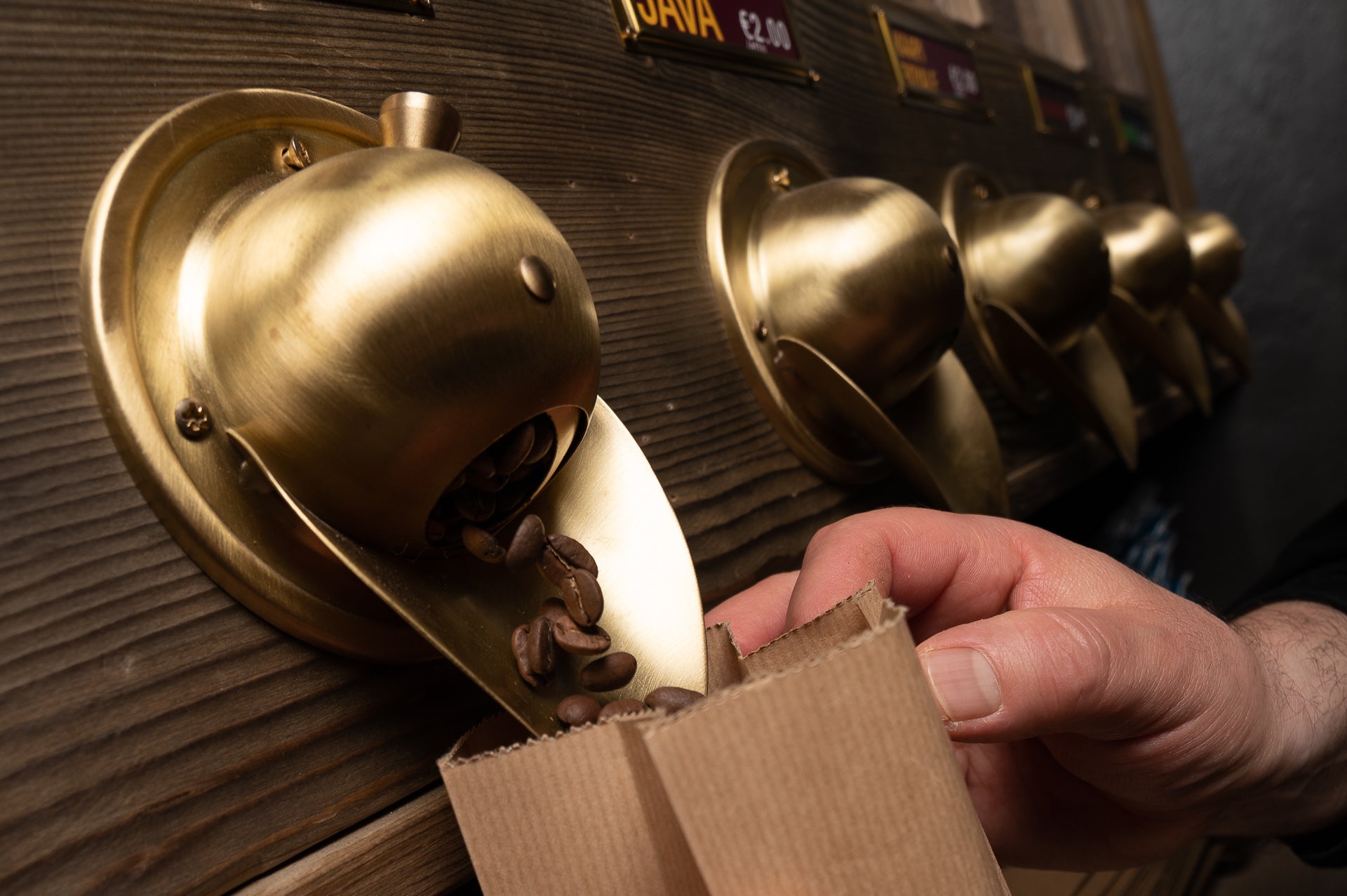The temperature of the milk used in a cappuccino affects the taste, texture and stability.
What happens when we froth milk?
Frothing milk consists of forcing water vapor and air into it as it is heated.
Milk is made up of hundreds of chemical elements and two groups of these are vital to the success of your creamer.
The first is protein. Milk contains whey and casein proteins. When heated, the protein structures unravel or denature and create spheres around the air. These formations are responsible for the texture of your milk.
The second are the fats (contained at about 4%), these actually destabilize the milk cream and you will always get a better result with skimmed milk, but at the same time they are responsible for that fluid sensation and rich body that we love to find in cappuccinos. it is therefore useful to understand how to work with the fat content!
The perfect temperature for milk
At the ideal temperature of 55-65°C, all the fats present in the milk have dissolved in liquid form and do not destroy the cream! with a minimum temperature of 50°C and a maximum of 70°C
At this temperature, the amount of whey protein denaturation is ideal for the best absorption of air bubbles on the surface, so the cream will be stable. And by staying below 70°C, the lactose doesn't get a chance to react with the proteins and cause unwanted browning and flavourings.
Milk not heated enough
When milk is heated between 30-40°C, it is unstable .
This means that the cream will be thin and you will see different sizes of air bubbles blending together. In this low-temperature range, whey protein has just begun to denature and fat is a mixture of liquid and solid .
Solid fats destroy the cream by piercing the thin lipid membrane, partially liquid fats enter the fragile air bubbles formed by the denatured proteins and are unable to form an elastic layer around them, necessary to obtain a stable cream. Liquid fats can displace proteins from the surface of air bubbles and cause them to stick together.
Overheated milk
The milk foam becomes more stable as the barista raises the temperature, this is because higher temperatures increase the denaturation of whey proteins.
Heating also reduces viscosity, meaning the milk becomes less dense and more watery. This allows the proteins to reach the air bubbles and stabilize them. But it's important to stop at the right time so as not to overheat the milk , when this happens, the lactose reacts with the proteins and forms a brown side product and an undesirable aroma, the fats get involved in the oxidation reactions that create an off-flavor.
Overheated milk does not make the aromatic notes of the coffee identifiable, it develops a sulphurous smell and taste and risks burning your mouth!



